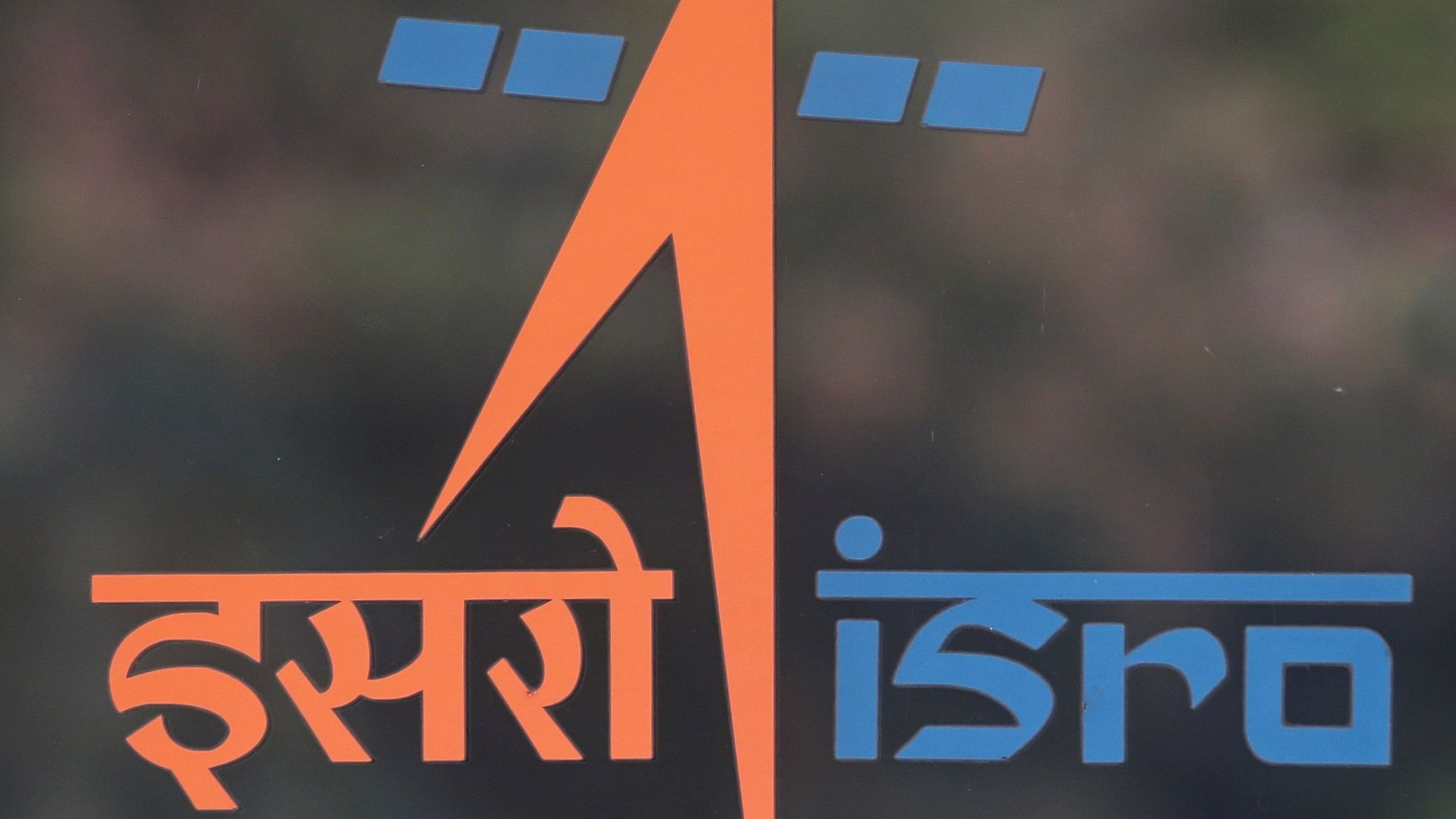
ISRO logo.
Reuters Photo
Bengaluru: The Electro Optical-Infrared (EOIR) payload onboard ISRO’s Earth Observation Satellite EOS-08 has commenced operations, the space agency announced on Thursday.
On August 19, EOIR captured one of its first images over Pune city, at 7.45 am. The payload, with its advanced mid-wave infrared (MIR) and long-wave infrared (LWIR) channels, marks a significant improvement on existing thermal imaging technologies.
Releasing the MIR image of Pune, ISRO highlighted the payload’s ability to capture high-resolution thermal images. LWIR images taken over the Namib Desert in Namibia, on August 21, also validate this capability, ISRO said.
The ongoing commissioning phase of EOIR included initial calibration over a sea target and the payload’s performance across the two infrared ranges is meeting the “expected standards”. The payload was developed by Space Applications Centre (SAC-ISRO). EOS-08 was launched on August 16 through ISRO’s Small Satellite Launch Vehicle.
Generating high-resolution thermal data, the payload can deliver critical insights to drive climate action. Data from the payload, processed using the algorithms and software developed by SAC-ISRO, is being transformed into actionable insights that can support a wide range of applications.
EOIR's superior resolution at 8 metres’ spatial accuracy allows for detailed temperature mapping, ISRO said. With fully validated capabilities, the payload can play a crucial role in environmental monitoring – from agriculture management to detection of wildfires to mapping of urban heat islands.
ISRO said EOIR’s ability to capture detailed temperature variations within urban environments enhanced the efforts to design sustainable cities that are equipped to address heat-related challenges.